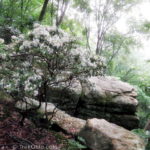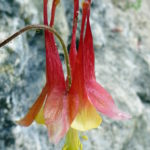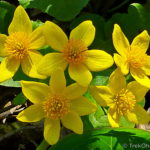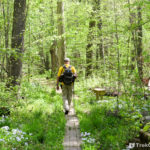Below are the blossoms of Rhododendron Maximum (also known as Great Rhododendron, Rosebay Rhododendron, American Rhododendron, Big Rhododendron, Bigleaf Laurel, Deertongue Laurel, Great Laurel, White Laurel, Rose Tree, or Rose bay). It is a shrub that is native to a few counties in southeast Ohio. In particular, it is found at two adjacent nature preserves: Rhododendron Cove and Wahkeena. We visited both to see it in bloom.
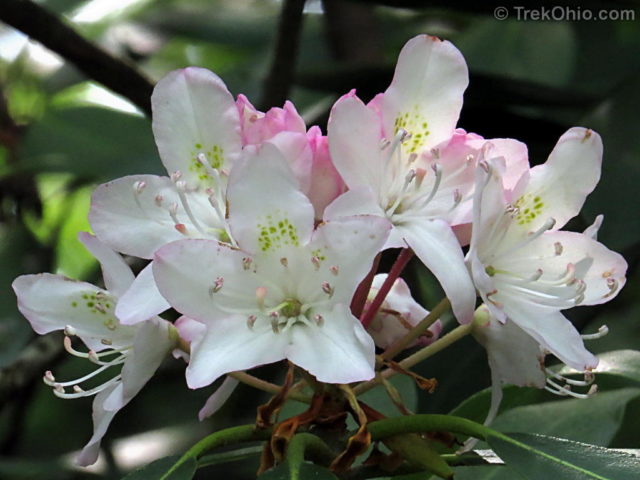
At Rhododendron Cove only a few of the shrubs were beginning to bloom, and all of these were off-trail in the depression that makes the cove. After hiking the trail at Rhododendron Cove, we moved on to Wahkeena which is located just down the road. There, we had better luck. The staff directed us to a large Rhododendron near the entrance that was in full bloom.

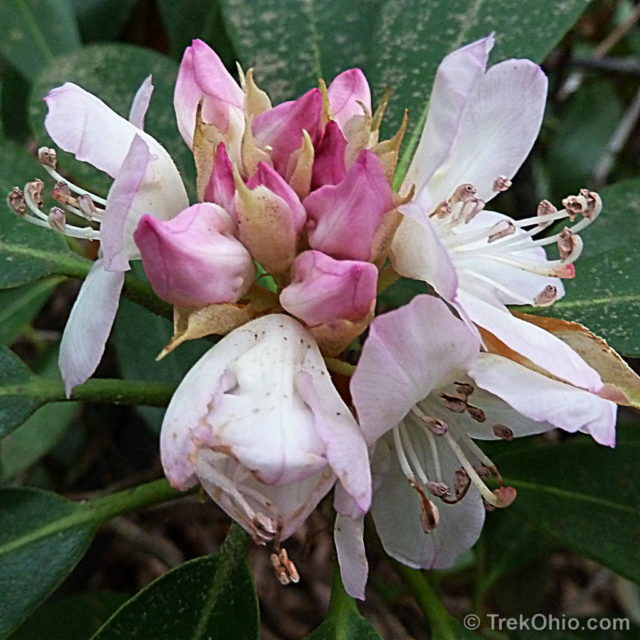
The Rhododendron Maximum has large leaves up to 8 inches (20 cm) long. The leaves are poisonous to horses, but are browsed upon by deer. Rhododendron Maximum is commonly found in the forests of the Appalachian mountains where the tall shrub forms a forest understory. It prefers well-drained, acidic soil. In Ohio Rhododendron Maximum usually blooms in June producing large, showy flowers. The flowers blossom in clusters at the end of branches; each blossom is about 1 to 1.5 inches across (2.5–3.8 cm). The flowers are typically white, but may also have a pink or purplish tint. There are greenish dots on the top petal of each flower. I don’t know if this is true or not, but I once heard that these help guide pollinators into the flower.
A mature shrub reaches a height of 13 to 40 feet (4 to 12 m) with shorter height being seen in the northern part of its range and greater height in the south. The wood is very hard and has been harvested for some specialty uses. The leaves are waxy, leathery and evergreen. The leaves curl up longitudinally during the cold of winter. By curling up they are better to retain moisture during the low humidity of winter. The same leaves remain on a shrub for about eight years. Once a leaf is shed it takes forever to decompose. The trunk and branches of the rhododendron tend to be crooked. The blossoms usually emerge from stems that are two years old or younger. Surprisingly each stem may live to be 100 years old.
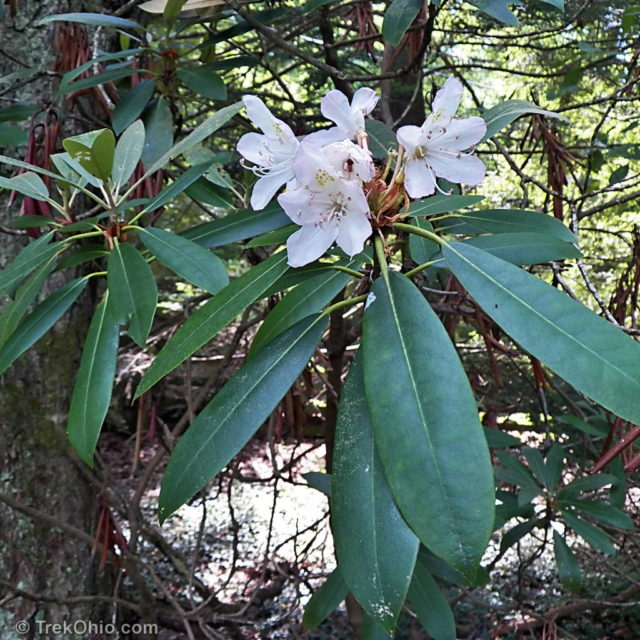
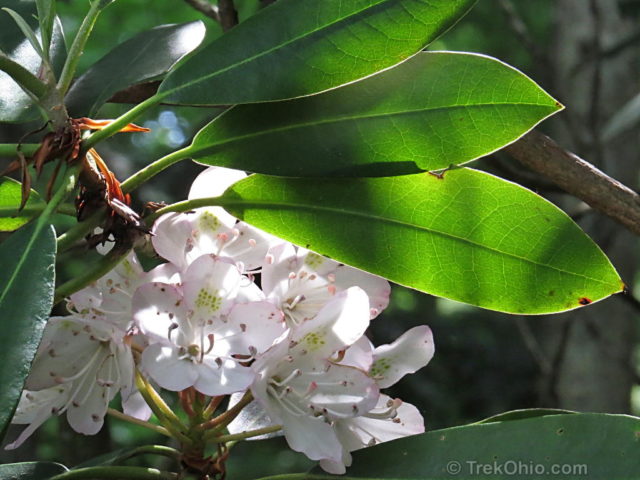
The shrub’s fruit consist of dry capsules with zillions of tiny seeds in them. However the seeds have very exacting requirements that must be met before they can germinate. In fact the conditions are so exacting that the vast majority of Great Rhododendron shrubs aren’t produced from seeds at all. Instead the shrubs multiply “vegetatively.” They do this when low branches on a shrub put out roots when they touch the ground (this is called “layering”). A rooting branch eventually becomes a shrub in its own right, but it is a clone of the original shrub. Because Rhododendron Maximum typically reproduces by cloning itself, Rhododendron shrubs can form nearly impenetrable, woody thickets. These Rhododendron thickets somehow suppress the reproduction of neighboring, woody plants. It’s not known if this is simply a matter of the rhododendron foliage blocking out sunlight or whether the rhododendron is using chemical warfare against its plant neighbors (a process called allelopathy).
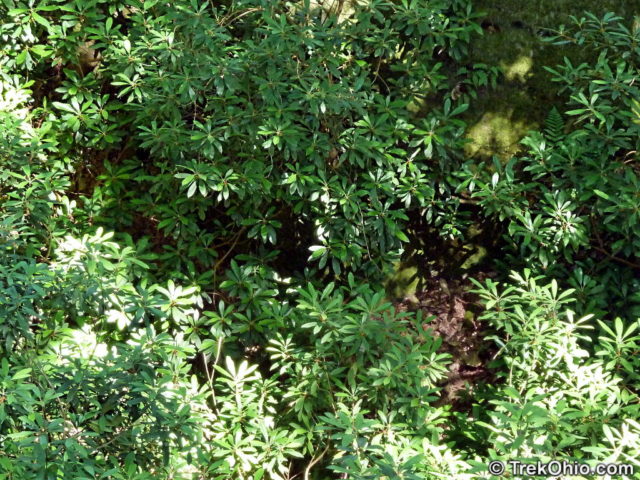
 Viewing a rhododendron thicket from a cliff at Rhododendron Cove.
Viewing a rhododendron thicket from a cliff at Rhododendron Cove.Who knew such thickets were a by-product of the Clone Wars?
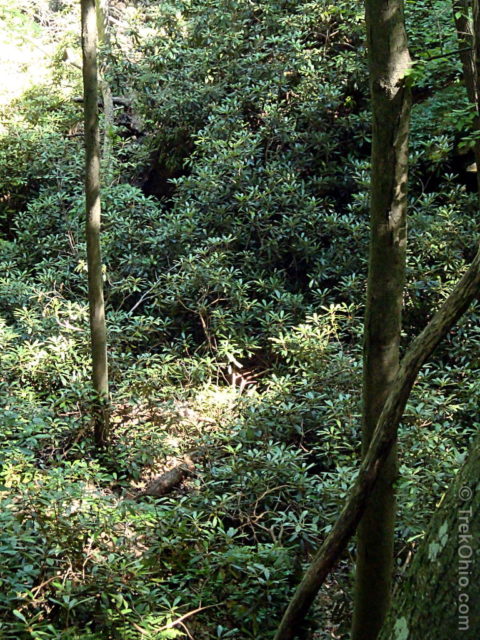
I spoke to Tom Shisler – the Wahkeena Preserve site manager. He told me that Rhododendron Maximum in the area typically do not bloom all at once. So, I wasn’t able to photograph a whole grove of R. Maximum in bloom. On the positive side, this means that if you haven’t seen R. Maximum in bloom, there’s still time to visit and see them.
Additional information
- TrekOhio: Wahkeena Nature Preserve — General overview of Wahkeena and how to get there
- TrekOhio: Rhododendron Cove Nature Preserve — General overview of Rhododendron Cove and how to get there
- USDA: Rhododendron Maximum
- Wikipedia: Rhododendron Maximum
More on Wildflowers
